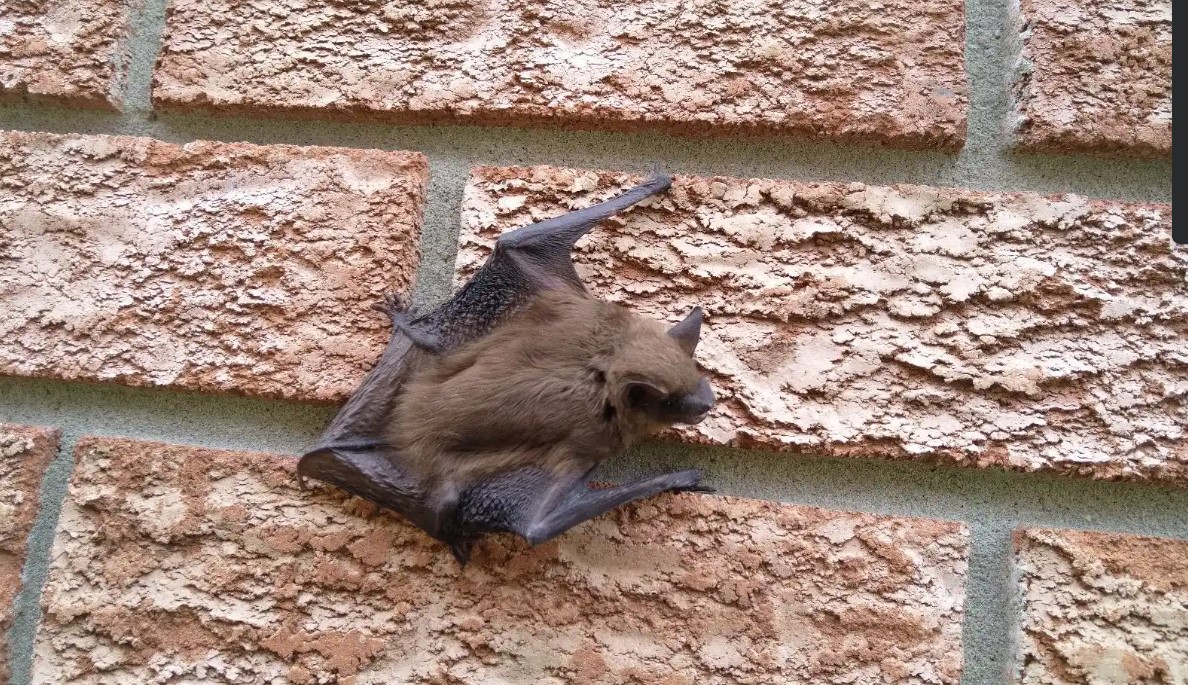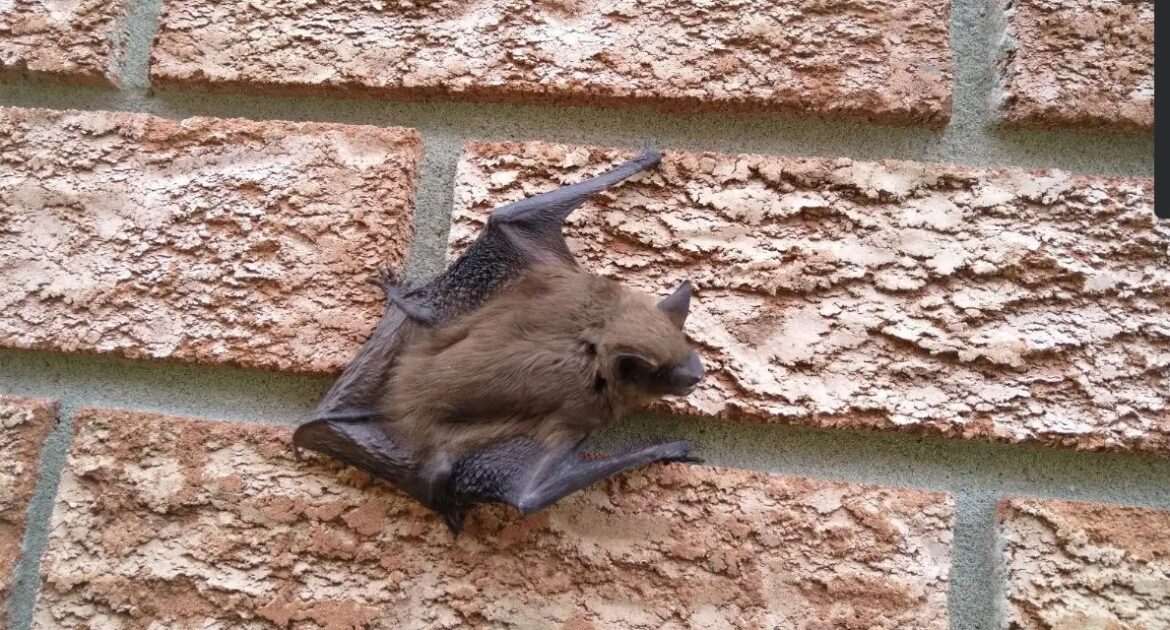Bats are fascinating creatures, but understanding their behavior, especially during the cold Minnesota winters, is crucial for effective bat control in Saint Paul. Many people wonder, “Where do bats go in the winter?” and “How do they manage to survive the harsh conditions?”
Unlike many other animals, bats employ unique strategies to cope with the cold. Some species migrate to warmer climates, while others find refuge in caves, attics, or other sheltered areas to hibernate.
Knowing these habits helps homeowners and pest control professionals address any bat-related issues efficiently. Additionally, understanding how long bats live can inform decisions about long-term control measures. With a focus on humane practices and customer satisfaction, our team at Skedaddle provides reliable and expert services to ensure your home remains bat-free throughout the year.
Understanding Bat Behavior in Winter
Winter poses a significant challenge for bats in Minnesota. While some animals might migrate to warmer regions or remain active, bats have a unique approach to surviving the cold. In Minnesota, where temperatures can plummet significantly, bats must find ways to conserve energy and withstand the harsh conditions.
Hibernation is one of the primary strategies these creatures use to survive the winter. During hibernation, bats enter a state of torpor, which significantly slows their metabolism, allowing them to conserve energy. This process is vital because their primary food source—flying insects—is not available during the colder months.
Where do bats go in winter? They seek out environments that offer stable temperatures and high humidity. Common hibernation sites include caves, abandoned mines, and even attics or other secluded areas in homes. These locations help them avoid extreme temperature fluctuations and potential dehydration.
The Hibernation Process
The hibernation process is intricate and fascinating. It begins when temperatures drop and food becomes scarce. To prepare, bats will increase their body fat reserves during the fall by consuming large quantities of insects. This fat serves as their primary energy source throughout the hibernation period.
Once they find a suitable hibernation site, bats enter a state of torpor. Their body temperature drops to match the ambient temperature, and their heart rate and breathing slow down dramatically. This reduction in metabolic activity allows them to survive on their fat reserves for several months.
It’s important to note that hibernation is not a continuous state. Bats will periodically wake up, albeit briefly, to rehydrate and possibly change roosting positions. These arousal periods are critical but also costly in terms of energy expenditure. Therefore, the choice of hibernation site is crucial for their survival.
Common Hibernation Sites in Minnesota
Minnesota offers a variety of natural and artificial hibernation sites. Caves and abandoned mines are traditional spots, providing the stable conditions needed for successful hibernation. However, as natural habitats become scarce, bats increasingly turn to man-made structures, including homes.
Attics, basements, and even wall voids can offer the conditions they need. These areas are often overlooked by homeowners until they notice signs of activity. If you live in Saint Paul or surrounding areas, you might be wondering about bat control in Saint Paul and how to handle such situations.
Discovering a hibernating colony in your home can be alarming. Yet, it’s essential to approach the situation humanely. That’s where Skedaddle comes in. We specialize in humane wildlife removal, ensuring that the animals are safely excluded without harm.
The Importance of Bats in the Ecosystem
Before jumping to conclusions about removing bats, it’s vital to understand their role in the ecosystem. These animals are incredibly beneficial creatures. They are natural pest controllers, consuming vast amounts of insects, including mosquitoes, which helps reduce the population of these pesky insects.
Additionally, irs play a crucial role in pollination and seed dispersal. While this is more common in tropical regions, it highlights the broader ecological impact. In Minnesota, their primary contribution is insect control, which benefits agriculture and reduces the need for chemical pesticides.
However, their presence in homes can pose health risks due to droppings and potential rabies transmission. Therefore, it’s understandable why homeowners seek control solutions. The key is to do so in a way that protects both the animals and the residents.
How Long Do Bats Live?
Another common question we receive is about the lifespan of bats. The answer varies depending on the species, but bats generally have relatively long lifespans for their size. Some species can live for over 20 years, although the average lifespan is around 10 years.
Several factors influence longevity, including predation, disease, and environmental conditions. In Minnesota, one significant threat to bat populations is White-nose Syndrome, a fungal disease that affects hibernating bats. This disease has caused substantial declines in bat populations across North America.
Understanding the lifespan and challenges bats face highlights the importance of conservation efforts. By protecting their natural habitats and addressing threats like White-nose Syndrome, we can help ensure the survival of these essential creatures.
The Role of Homeowners in Conservation
Homeowners play a crucial role in bat conservation. By taking steps to protect and coexist with them, you contribute to their preservation and the overall health of the ecosystem. Here are some ways you can help:
Installing bat houses on your property provides them with a safe place to roost and hibernate, helping to keep them out of your home while ensuring they have the shelter they need. Additionally, reducing pesticide use is crucial, as these chemicals can harm bat populations by depleting their food sources; minimizing pesticides supports a healthier insect population, benefiting both the animals and the environment. Finally, regularly inspecting your home for potential entry points and sealing them can prevent bats from entering, making this proactive approach an effective way to avoid the need for exclusion services.
At Skedaddle, we can assist you with these efforts, offering guidance on helping you create a safe environment.
When to Seek Professional Help
While there are steps homeowners can take to prevent infestations, there are times when professional help is necessary. If you discover bats in your home, especially during the winter months, it’s important to act promptly and humanely.
Attempting to remove bats on your own can be risky and may lead to harm for both you and the bats. Professionals like us at Skedaddle have the expertise and tools needed to handle the situation safely. We ensure that bats are excluded without injury and that your home is properly sealed to prevent future infestations.
Our team is trained to handle a variety of wildlife situations, and we are committed to providing humane solutions that prioritize the well-being of both animals and homeowners. Don’t hesitate to reach out to us if you need assistance with bat control in Saint Paul or surrounding areas.
Why Skedaddle is the Best Choice for Bat Control in Saint Paul
At Skedaddle, we pride ourselves on our humane approach to wildlife control. Unlike other methods that trap or relocate animals, we focus on safe exclusion techniques that ensure animals are not harmed. Our experienced team understands the behaviors and needs of different wildlife species, including bats.
Our process begins with a thorough inspection to identify entry points and assess the extent of the infestation. We then create a customized exclusion plan, using one-way doors and other methods to allow bats to leave your home without being able to return. This approach is both effective and humane, aligning with our commitment to ethical wildlife control.
We also offer comprehensive cleanup and decontamination services to address any mess left behind by the bats. This ensures your home is safe and sanitary once the exclusion is complete. With Skedaddle, you can have peace of mind knowing that both your home and the bats are in good hands.
The Humane Solution
Understanding the hibernation habits of bats in Minnesota provides valuable insights into their behavior and the steps homeowners can take to coexist with these remarkable creatures. Bats play a vital role in our ecosystem, and by approaching their presence humanely, we can protect both our homes and the environment.
At Skedaddle, we are dedicated to humane wildlife control, ensuring that bats are safely excluded from homes without harm. If you’ve discovered bats in your residence or want to take preventative measures, we are here to help. Contact us today to learn more about our services and how we can assist you in creating a bat-safe home.
Remember, a little knowledge and proactive action can make a significant difference in wildlife conservation and home safety. Let’s work together to protect these incredible creatures and ensure a harmonious coexistence.




